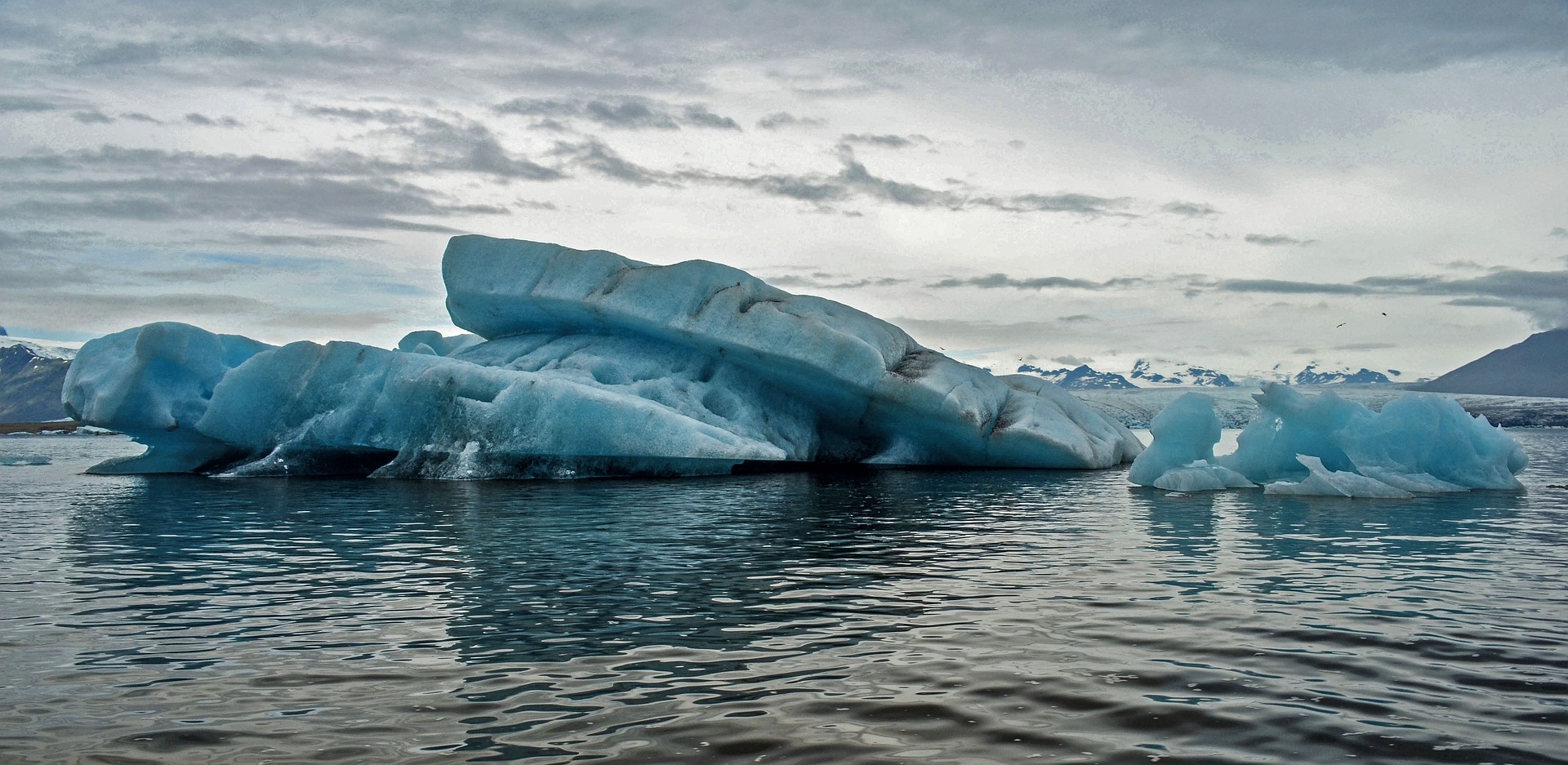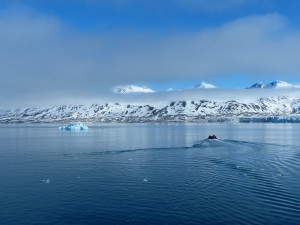
Crocodiles and Palm Trees in the Arctic? New Report Suggests Yes.
Soruce: nationalgeographic.com
If we keep burning fossil fuels, Earth will be 8 degrees warmer, returning to the climate of 52 million years ago, according to new research. It’s the most dire prediction yet.
If the use of fossil fuel continues, scientists warn that warming will melt the ice caps,”which will expose bare ground, increase heat absorption at high latitudes, and cause more warming.”
In even the bleakest climate change scenarios for the end of this century, science has offered hope that global warming would eventually slow down. But a new study published Monday snuffs out such hope, projecting temperatures that rise lockstep with carbon emissions until the last drops of oil and lumps of coal are used up.
Global temperatures will increase on average by 8 degrees Celsius (14.4 degrees F) over preindustrial levels by 2300 if all of Earth’s fossil fuel resources are burned, adding five trillion metric tons of carbon to the atmosphere, according to the research by Canadian scientists published in Nature Climate Change. In the Arctic, average temperatures would rise by 17 degrees C (30.6 degrees F).
Those conclusions are several degrees warmer than previous studies have projected.
If these temperatures do become reality, greenhouse gases would transform Earth into a place where food is scarce, parts of the world are uninhabitable for humans, and many species of animals and plants are wiped out, experts say.
“It would be as unrecognizable to us as a fully glaciated world,” says Myles Allen, head of a climate dynamics group at the University of Oxford in the United Kingdom. Allen was not involved in the new study, but his research has focused on carbon’s cumulative impacts on climate.
Noting that it took less warming, 6 degrees C (10.8 degrees F), to lift the world out of the Ice Age, Allen said, “That’s the profundity of the change we’re talking about.”
The 8-degree rise in global temperatures would blast past the 2 degrees C (3.8 degrees F) limit that nations agreed upon last year in the Paris talks.
It also would heat the world to a level approaching that of the early Eocene period, 52 million to 56 million years ago, when palm trees grew as far north as Alaska and crocodiles swam in the Arctic.
Mammals survived Eocene temperatures; this is when early primates appeared. Some horses, however, shrank to the size of house cats, adjusting through evolution to a diet altered either by heat or carbon. Today’s organisms and ecosystems may not be able to adapt to warming over the next 200 to 300 years—an instant on the geological time scale, says Scott Wing, the Smithsonian Institution’s curator of fossil plants.
Also, Wing notes that when the Eocene heat began, the Earth’s poles weren’t covered with ice as they are today. “In the future, warming will melt ice caps, which will expose bare ground, increase heat absorption at high latitudes, and cause more warming,” Wing says.
Polar melt would commit the Earth to sea-level rise that would mean upheaval for coastal populations, which make up more than 40 percent of humanity.
The study predicts that precipitation would quadruple in the tropical Pacific, while it would be reduced by up to third in the Americas and a factor of two over parts of Australia, the Mediterranean, southern Africa, and the Amazon.
Allen says not only could tropical rain forest systems collapse, but drought in southern Europe and the United States would be “completely catastrophic for agriculture.” Wealthy nations might maintain food supply, but not places like southern Africa. “A lot of people would have to leave, or a lot of people would die,” Allen says.
Katarzyna Tokarska, a researcher at the University of Victoria in British Columbia, Canada, led the new modeling in an effort to address a key question left unanswered by the Intergovernmental Panel on Climate Change (IPCC) in its consensus reports. The IPCC’s worst-case scenario only charts warming up to two trillion metric tons of cumulative added carbon in 2100. In the new study, Tokarska and her colleagues asked what would happen if all known and recoverable fossil fuel resources were used.
The IPCC’s worst-case projection is a temperature rise of 2.6 degrees C to 4.8 degrees C by 2100, and the few studies that go beyond that year suggest that warming would slow because of the physics of greenhouse gases at high concentrations. Tokarska and her team say that these past projections failed to include the complex give-and-take of carbon on Earth. Most importantly, oceans—like a saturated sponge—lose their ability to absorb more heat and carbon, leaving it nowhere to go but the atmosphere.
Of course, no one can say whether civilization will continue to burn oil and coal as long as it’s available. Sheik Ahmed Yamani, Saudi Arabia’s oil minister in the 1970s, famously said the Stone Age didn’t end because humanity ran out of stones, and the oil age will end before it runs out of oil. But experts suspect that continued burning of fossil fuels is virtually inevitable until cleaner alternatives are cheaper and widely available globally.
Allen says the new findings are important at a time when some climate action opponents assert that warming would have beneficial effects.
The IPCC’s limited time horizon can create such a misperception,says Matthew Huber, an earth scientist at both Purdue and the University of New Hampshire.
“The fixation on what happens by the year 2100 is unhealthy and ignores the large risks that become apparent when thinking on longer time scales and with a more complete treatment of real physical and biological processes,” he says.
Huber says the new research doesn’t mean there would be tropical conditions in the Arctic. His own studies indicate that such a transformation would require 10 degrees C (18 degrees F) more warming at the poles than the new study projects.
Yet he says the temperature rise likely would be enough to spur killer heat waves in highly populated regions of the planet.
“The health and economic impacts of such warming would be vast and unprecedented in human history,” he says.
Allen agrees with the authors of the new study that their work bolsters the case for a “carbon budget” approach to climate policy: setting a cap on cumulative emissions. In contrast, the current approach of reducing emission rates simply defers dangerous warming.
A carbon budget approach implies that carbon emissions must reach zero—either by “keeping it in the ground,” as some activists put it, or by capturing carbon or storing it.
The Paris Accord avoided mention of a carbon budget, but Allen says the science should point policy in that direction.
“The first thing we need to do to get to zero [emissions] is acknowledge we need to get there,” he says.

